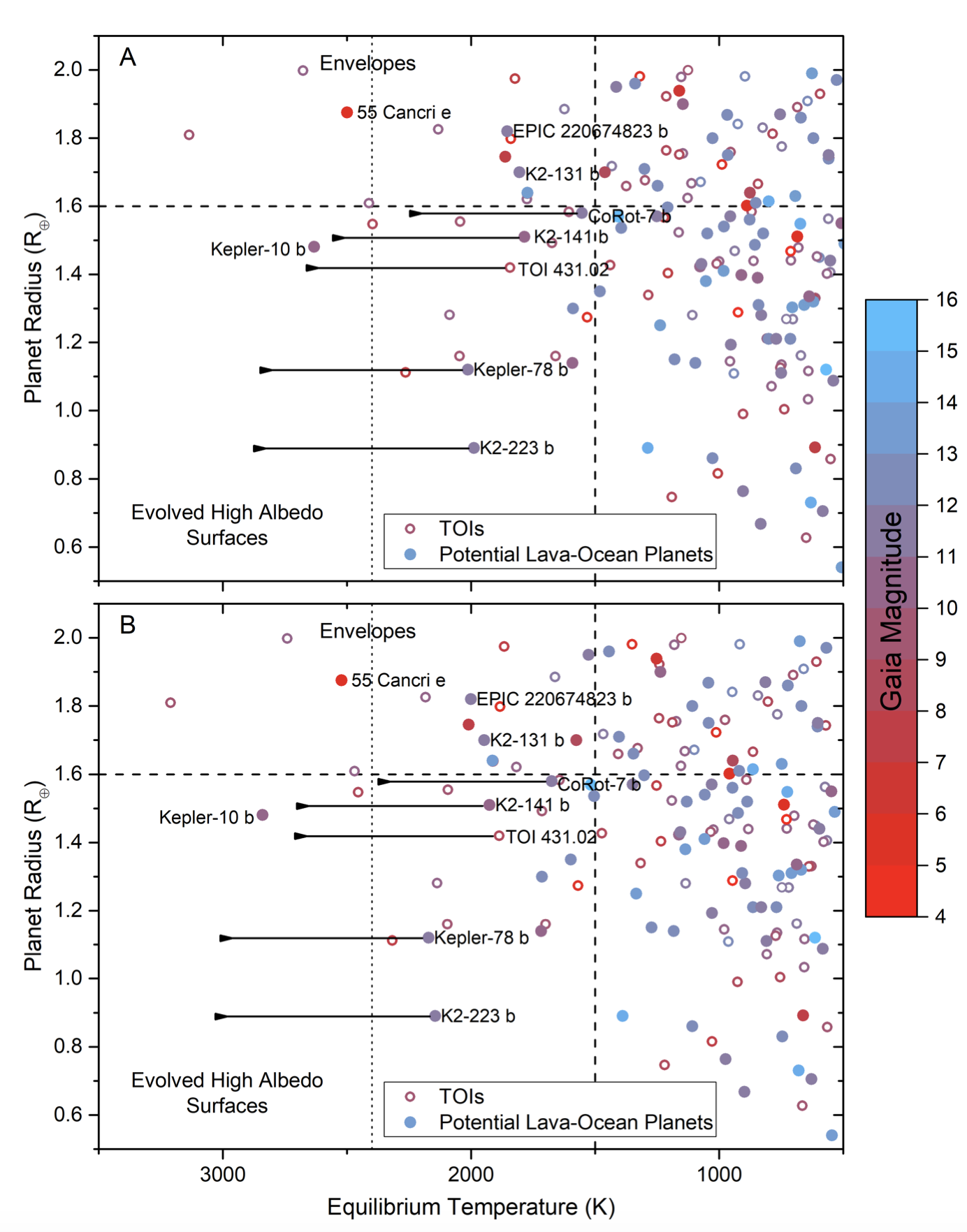STATUS UPDATE: Data from the last Sector of the TESS Prime mission is currently being ingested at the archive.
Hello TESS followers, and welcome to our weekly news bulletin! This week we have a slightly shorter news bulletin, featuring two archival paper.
Astraea: Predicting Long Rotation Periods with 27-Day Light Curves (Yuxi et. al., 2020) :
Radial velocity (RV) measurements can be affected by magnetic activity. The rotation periods of the planet-hosting star can be used to model and mitigate this effect, and can also be used to constrain the high-energy flux environment and space weather for the planetary system. Traditional methods require a long and continuous baseline of observations to measure RV accurately, especially for M dwarfs, the ideal exoplanet candidates. Within this paper the authors present their new tool Astraea, which can be used to predict rotation periods in excess of the TESS 27-day observing baseline. The method presented combines short duration light curves with stellar parameters from Gaia DR2. The tool was trained on Kepler 27-day light curve segments, and then applied to 195 stars within the TESS data. Of these 195 stars observed by both TESS and Kepler, Astraea was able to predict the rotation periods with 55% uncertainty, despite significant differences in the systematics of the two missions.
Low Albedo Surfaces of Lava Worlds (Essack et. al., 2020) : A hot super Earth is an exoplanet with a short orbital period of less than 10 days. These planets are heated to a high temperature by the host star causing the rocky surface to become molten. Some hot super Earths exhibit high geometric albedos. The authors of this paper aim to determine if the reflection from molten lava and quenched glasses on the surfaces of a hot super Earth contributes to the observationally inferred high geometric albedos.
To do this they measure reflection from rough and smooth textured quenched glasses of both basalt and feldspar melts.
The investigation indicates that lava planets with solid or liquid surfaces have low albedos. High albedos observed are likely due to atmospheres with reflective clouds. The authors went on to identify potential lava-ocean planet candidates within the TESS object of interest (TOI) list.
The lava-ocean planet candidates are those with substellar temperatures > 850 K (Fig. 12 of Essack et. al., 2020).

Fig. 1: Taken from Essack et. al., (2020). Planet radius vs. equilibrium temperature of lava-ocean planet candidates. Lava-ocean planet candidates from the TESS TOI list are denoted by open symbols. Planets are colored by GAIA magnitude of host star. Panel A: Equilibrium temperatures calculated assuming a basalt quenched glass albedo (Ag = 0.09). Panel B: Equilibrium temperatures calculated assuming a feldspar quenched glass albedo (Ag = 0.02). See Essack et. al., (2020) for more details.